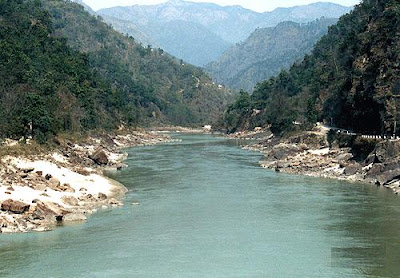The Rower
Photograph by Phil Uhl
Rower and ocean advocate Roz Savage took 2.5 million oarstrokes to become the first woman to cross the Pacific Ocean, solo. She'd already done the Atlantic. Next up? The Indian Ocean.The Tracker
Photograph courtesy Martin Wikelski
Behavioral ecologist Martin Wikelski tracks animal migrations across the world—everything from flying foxes in Africa to bumblebees in Germany. His research may help predict earthquakes and tsunamis. Here he's seen tracking mallards on Lake Constance in the Alps.The Alpinist
Photograph couresty Edurne Pasaban Collection
After battling her way to the summit of K2, Edurne Pasabán lost pieces of her big toes. This year, Pasabán became one of the first women to stand atop the world's 14 8,000-meter peaks, including Kangchenjunga (pictured) in theThe Circumnavigator
Photograph by Torsten Blackwood, AFP/Getty Images
Sailor Jessica Watson circumnavigated the globe single-handedly, without stopping, before her 17th birthday. Here she is seen on her triumphant return to Sydney Harbor, Australia, where she was greeted by tens of thousands of fans.The Oarsman
Photograph by Amory Ross, Artemis Ocean Rowing
Skipper Leven Brown and his four-man team rowed across the Atlantic Ocean faster than anyone this summer, breaking a record that stood for 114 years. Here they are seen training in one of the world's busiest waterways, New York City's Hudson River.The Voyager
Photograph by The Plastiki Team
Eco-crusader David de Rothschild sailed a 60-foot sailboat made of 12,500 plastic bottles across the Pacific Ocean in a quixotic, and groundbreaking, journey. Here the catamaran sails off the coast of Fiji.The Paddler
Photograph by Jody MacDonald
Australian paddleboarder Jamie Mitchell won the epic race across Hawaii's Molokai Channel for the ninth year in a row. He's also the ambassador for a sport in the throes of its breakout moment: stand up paddleboarding (SUP). Here he's seen paddleboard surfing the Maldives in pursuit of the world's best waves.The Climber
Photograph by Corey Rich, Aurora
Climber Alex Honnold spent two weeks in Yosemite crushing speed records up 3,000-foot El Capitan and iconic Half Dome, at one point soloing both in a single, 11-hour stretch. Here he is seen freesoloing the Nose on El Cap.Kid Climber
Photograph courtesy Matt Moniz
Twelve-year-old Matt Moniz climbed to the highest point in all 50 United States this summer, in record speed. He's also an outspoken advocate for getting kids into the outdoors. He's seen here descending Washington's Mount Rainer.
















